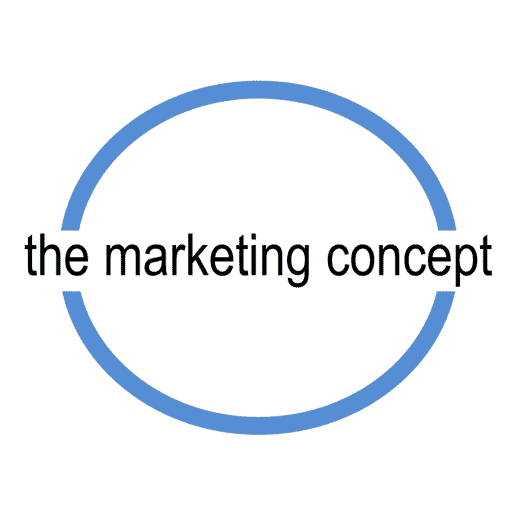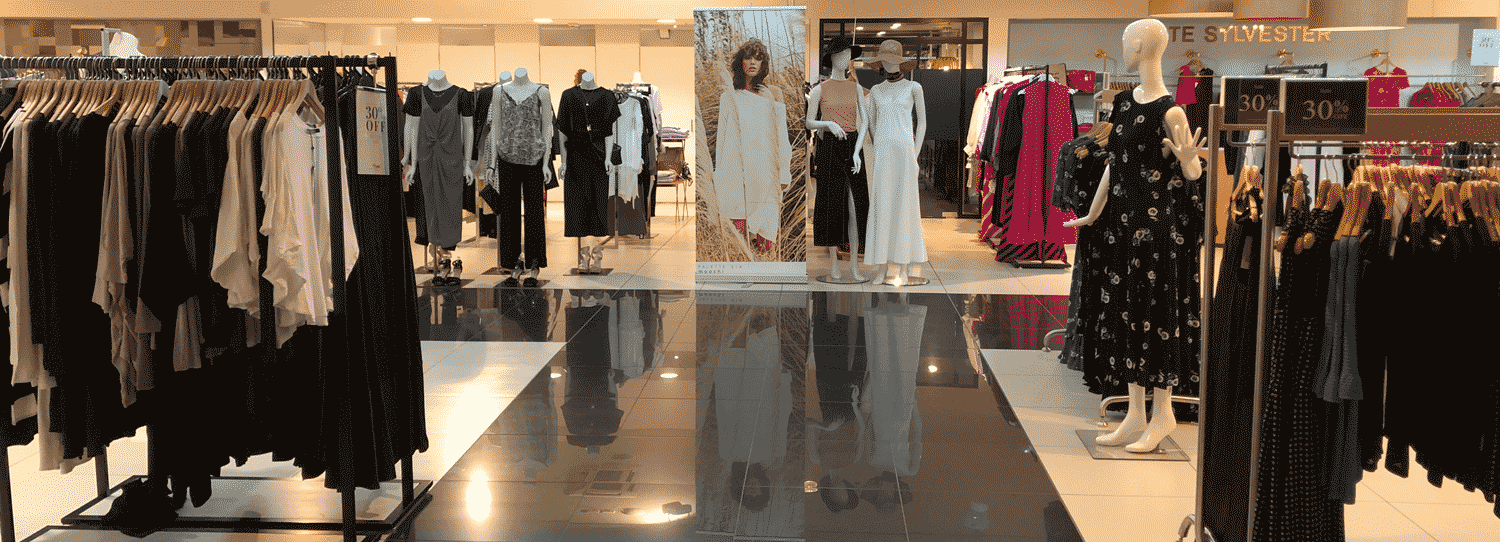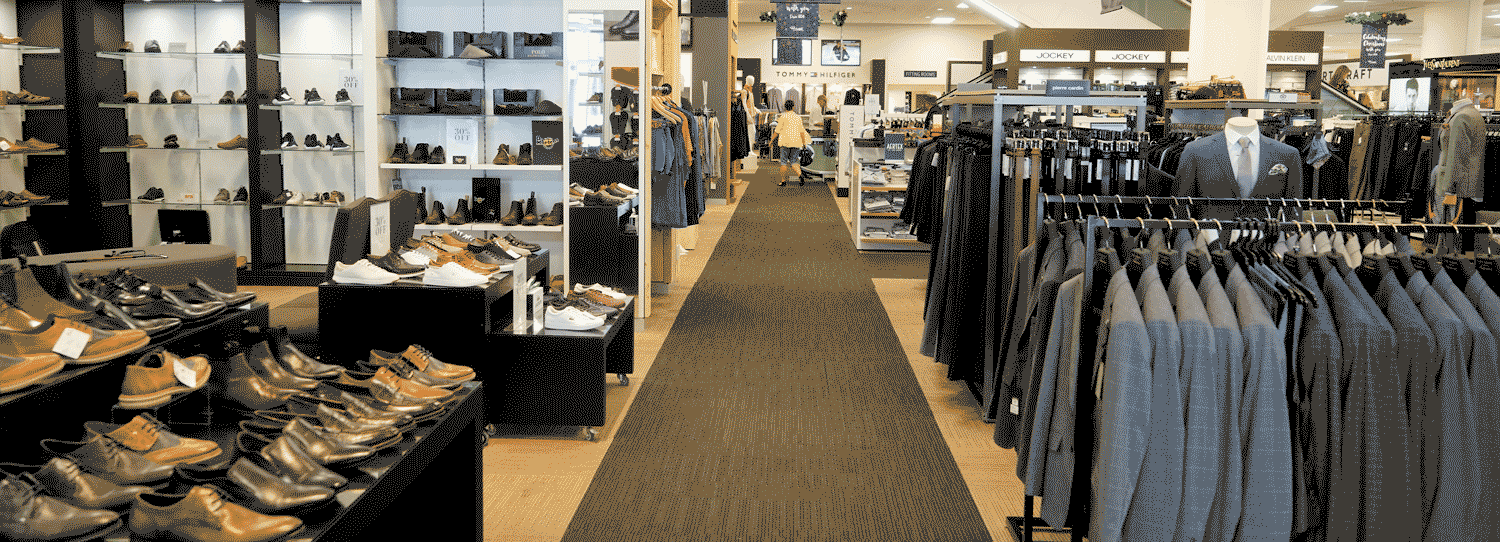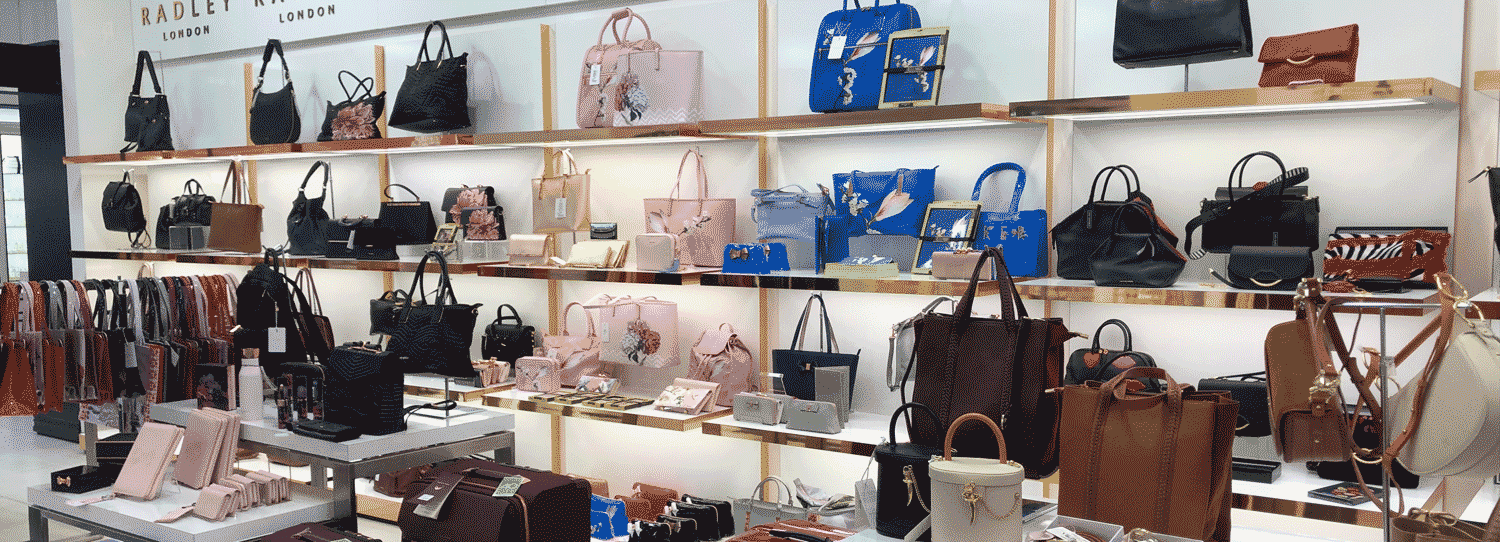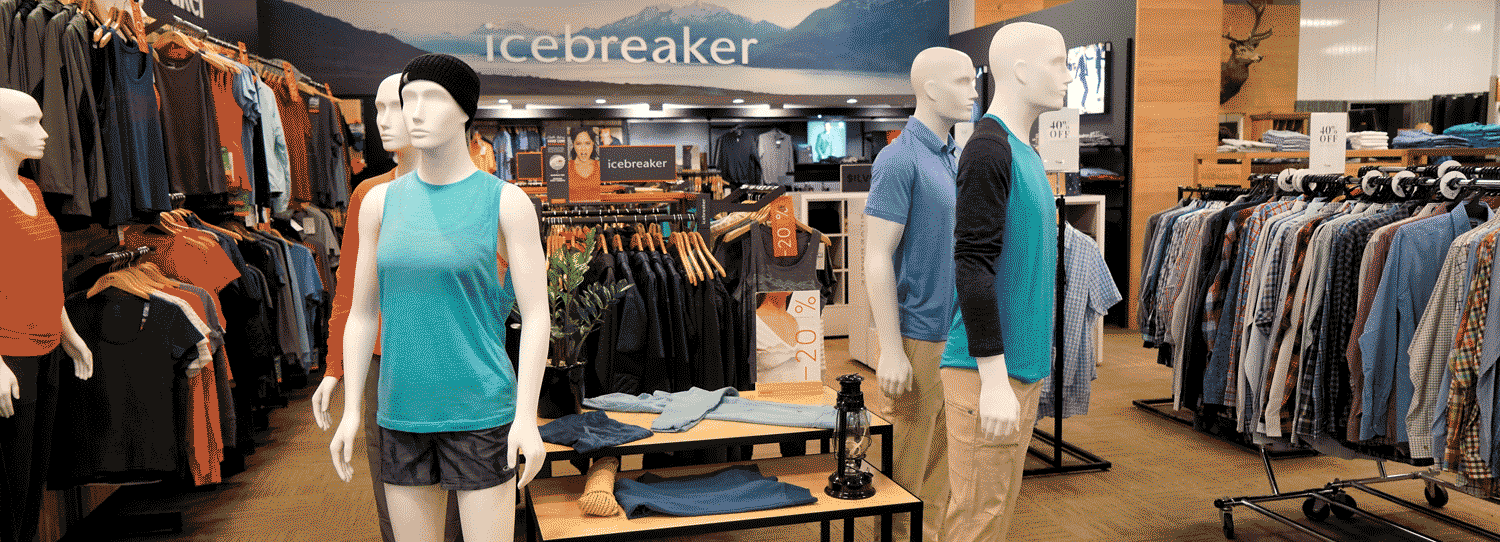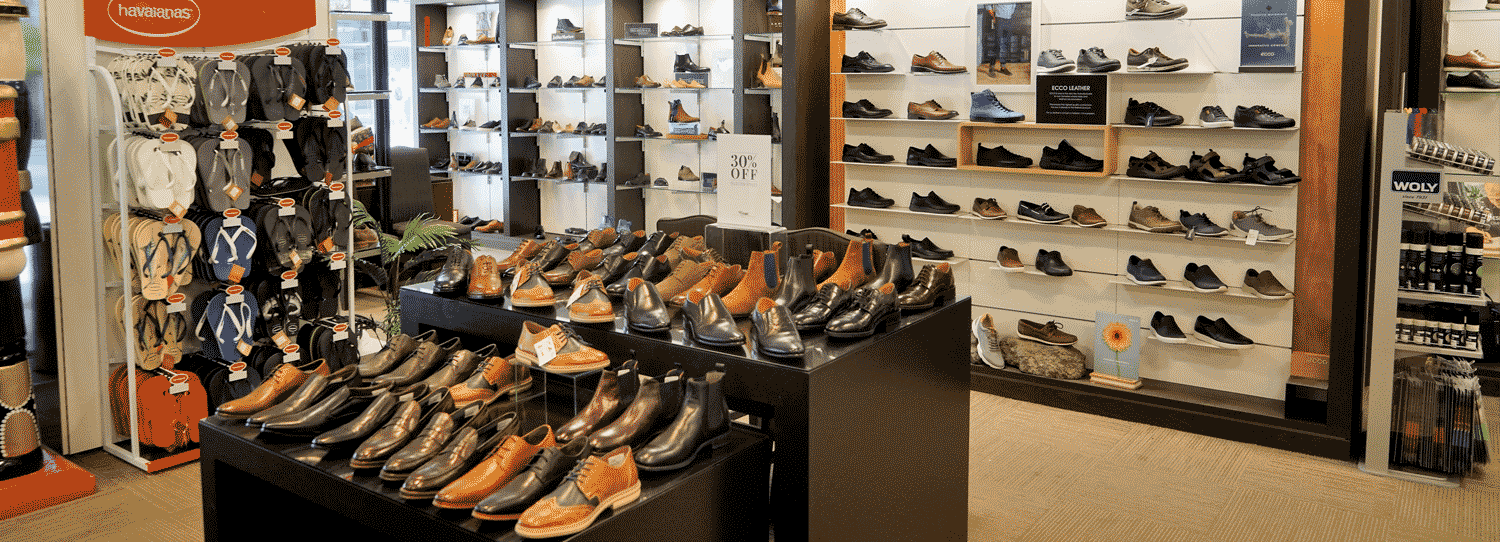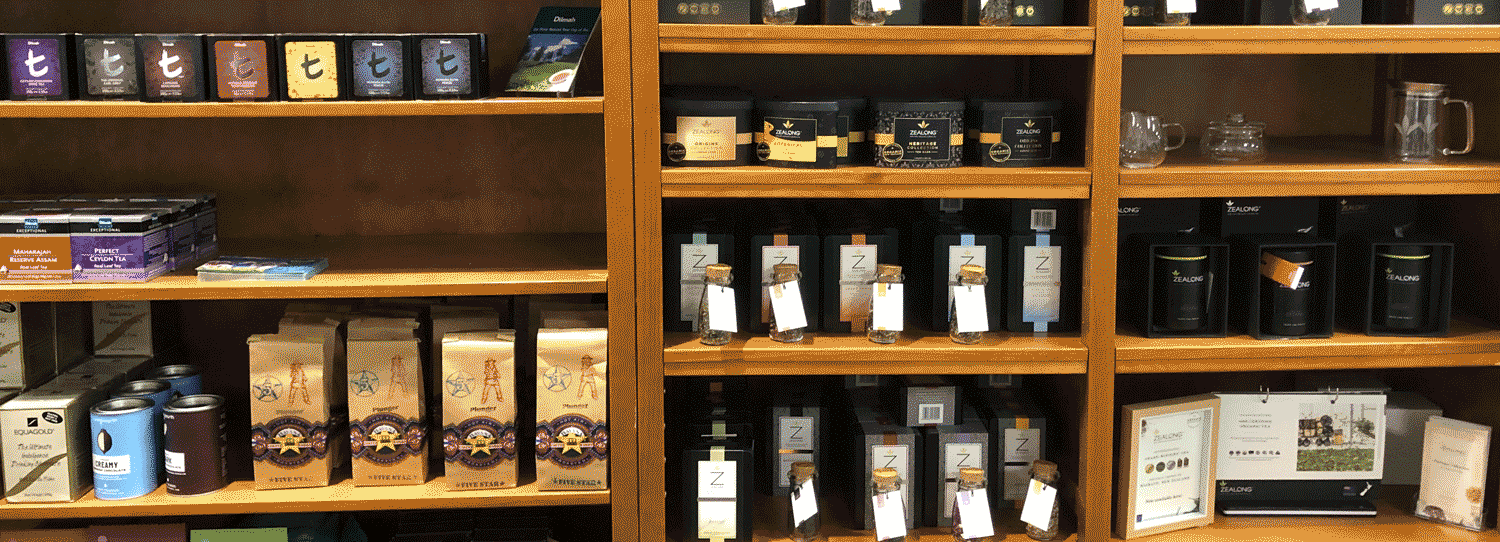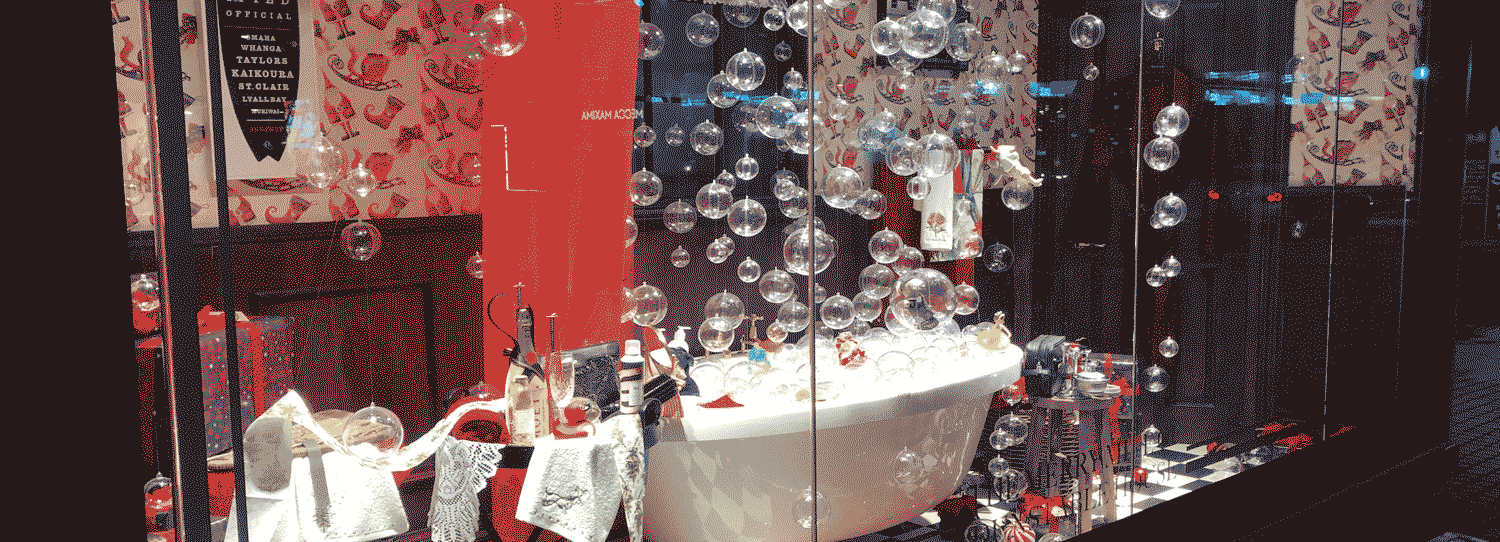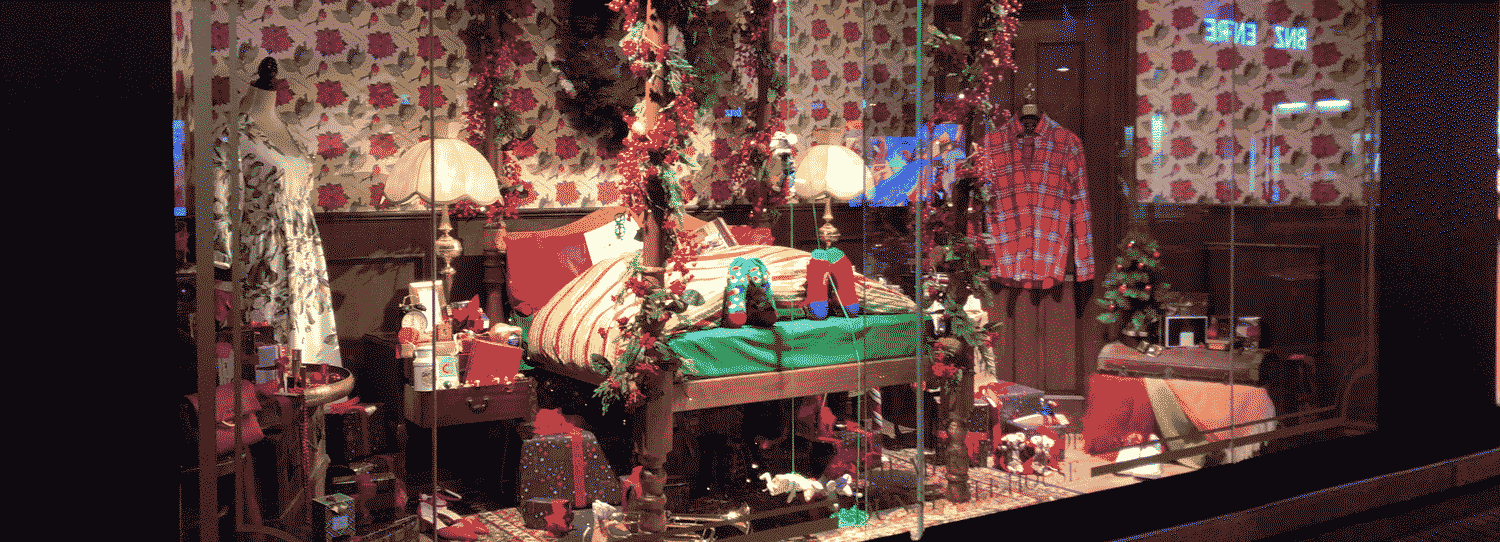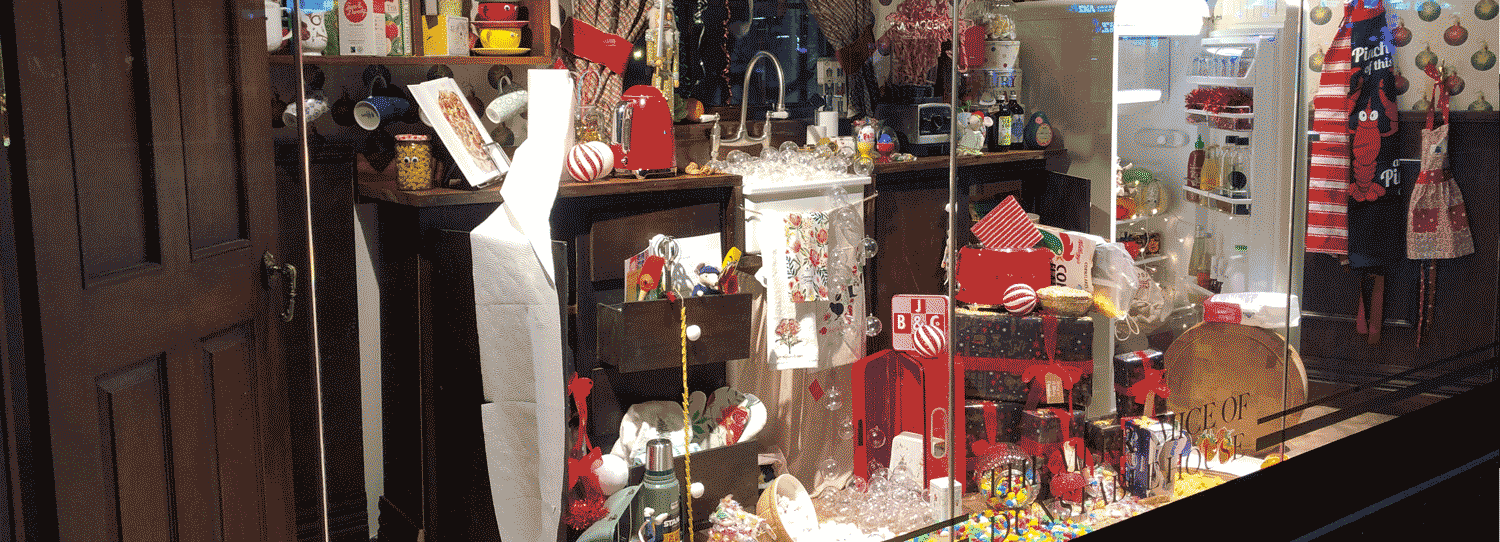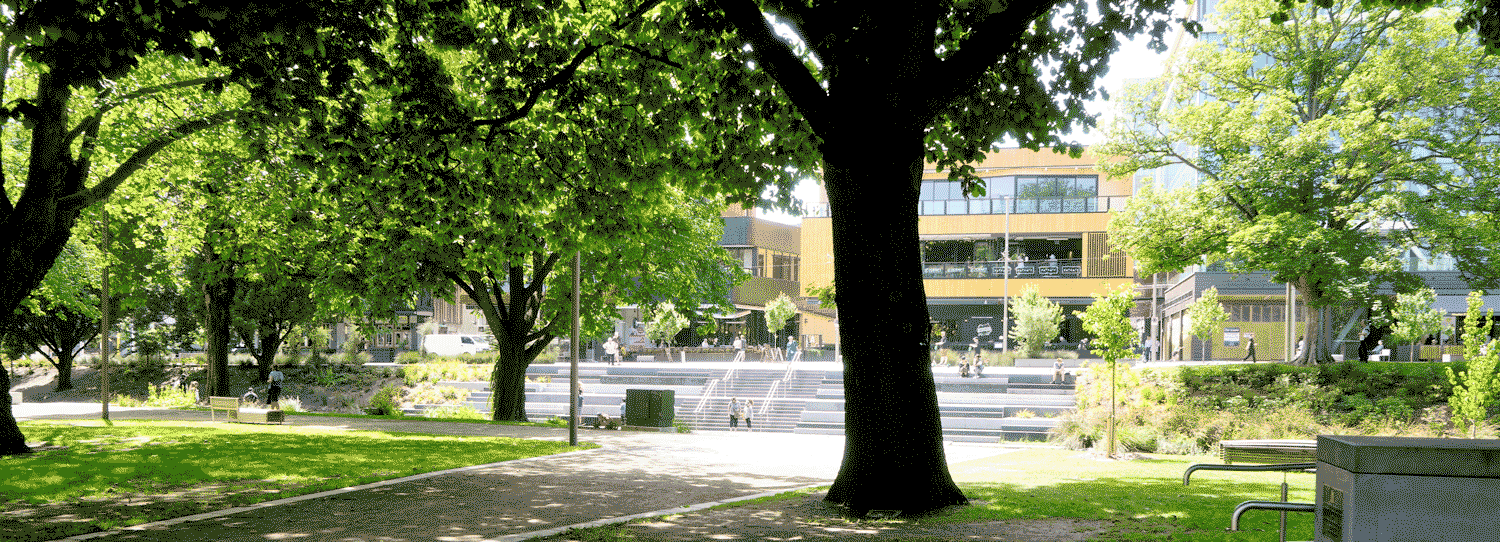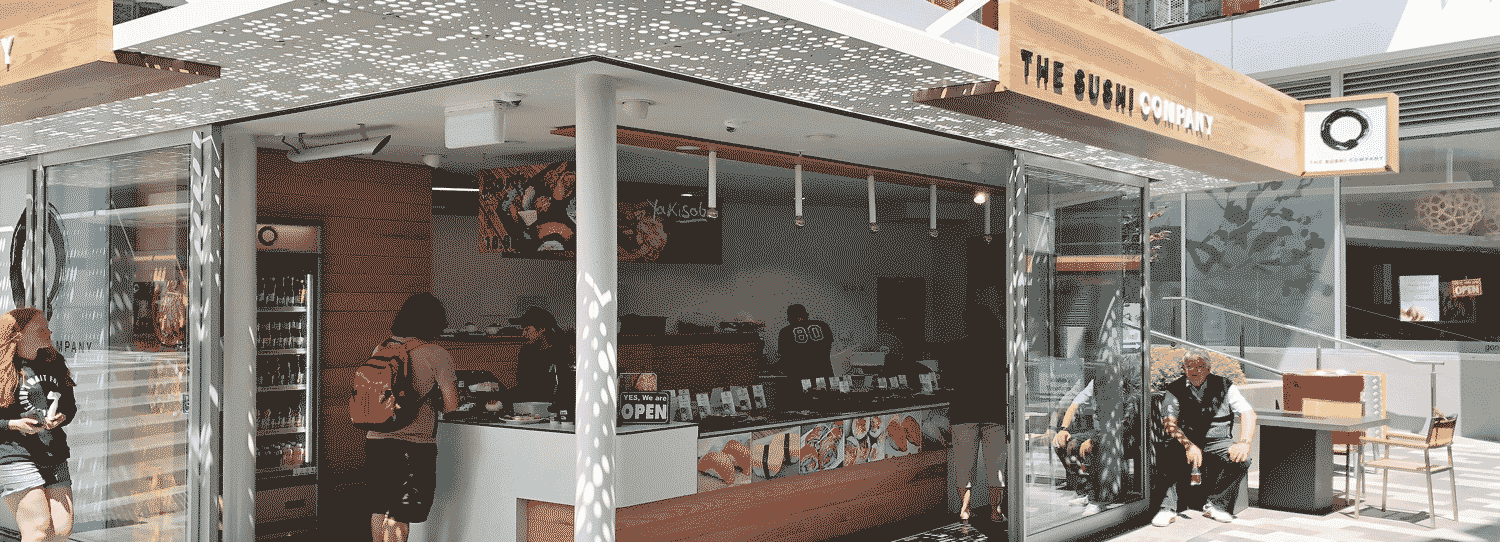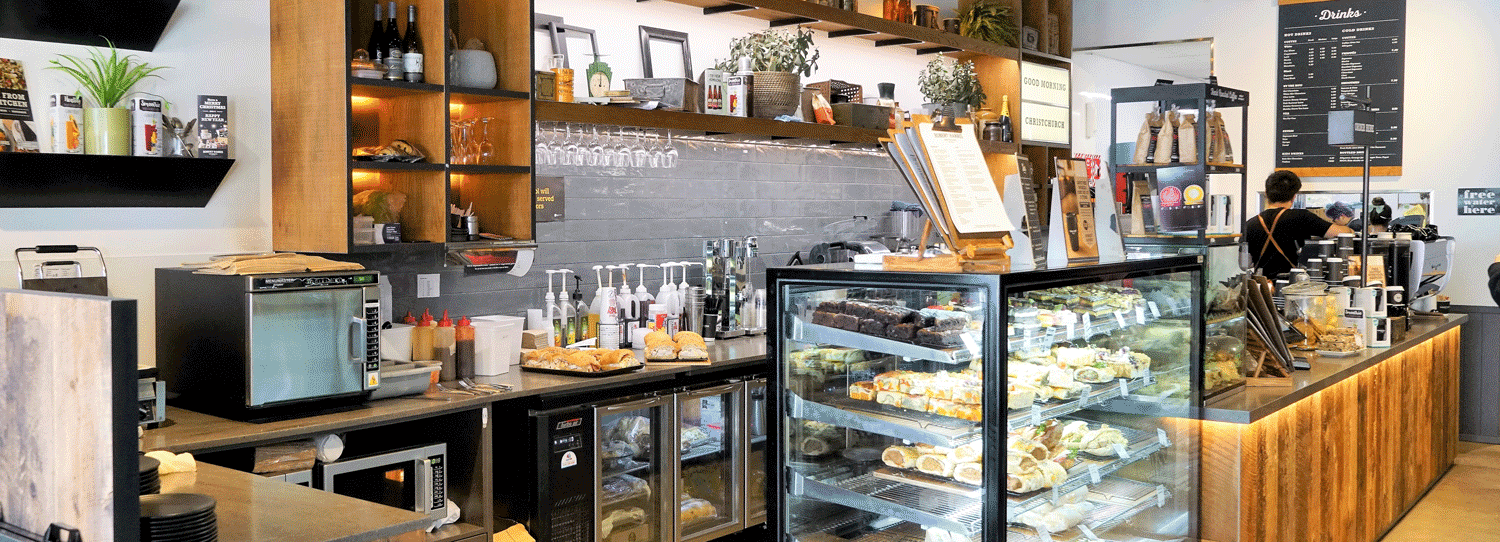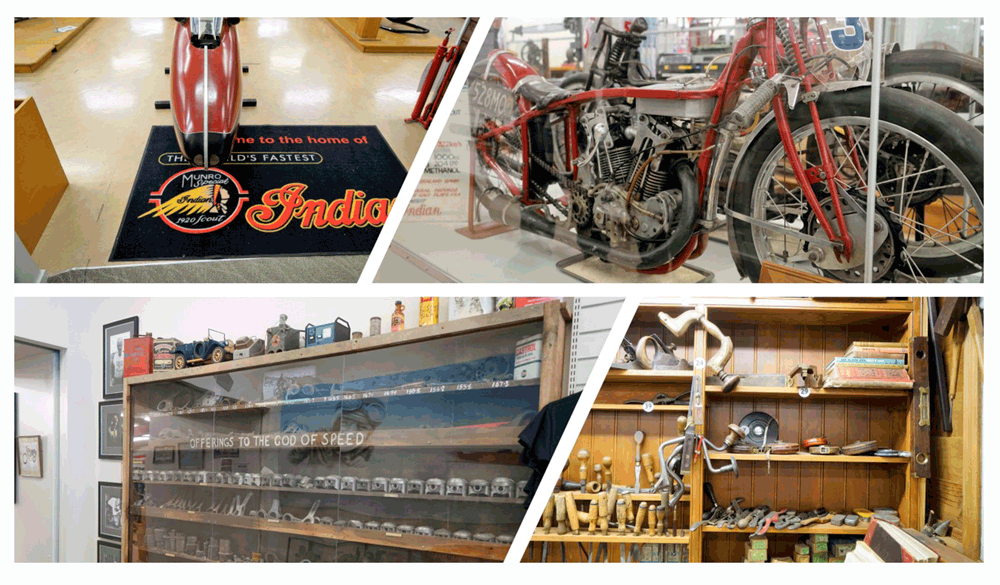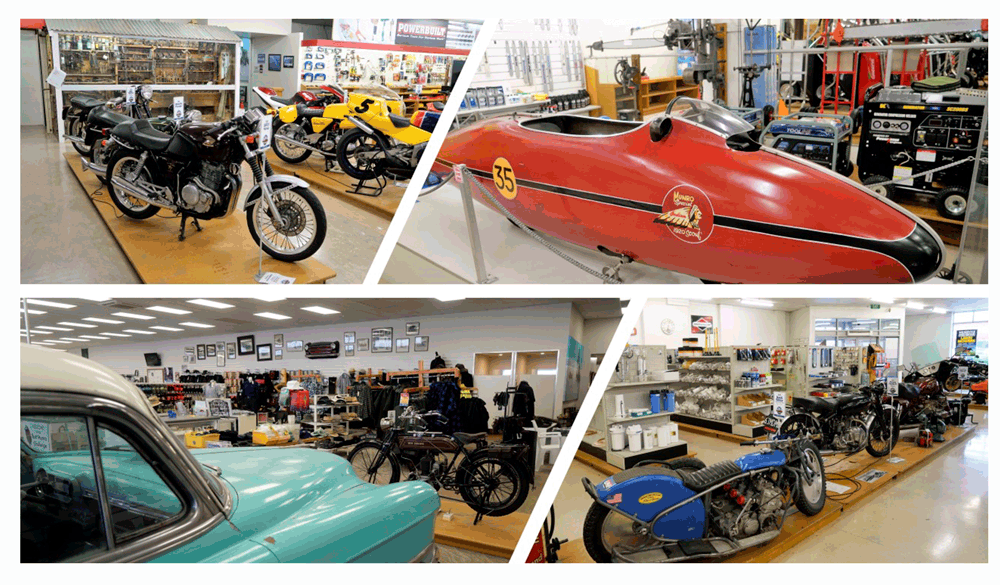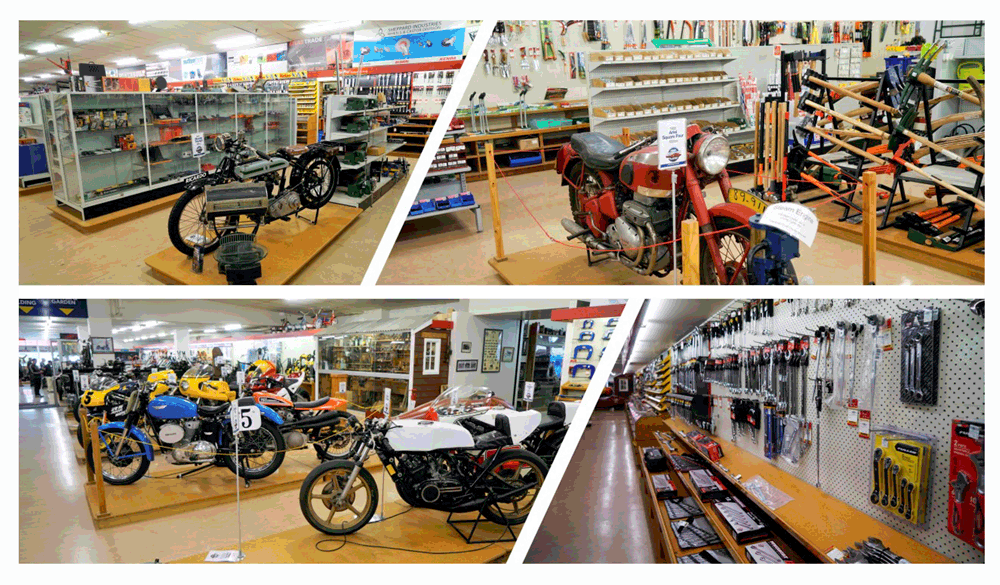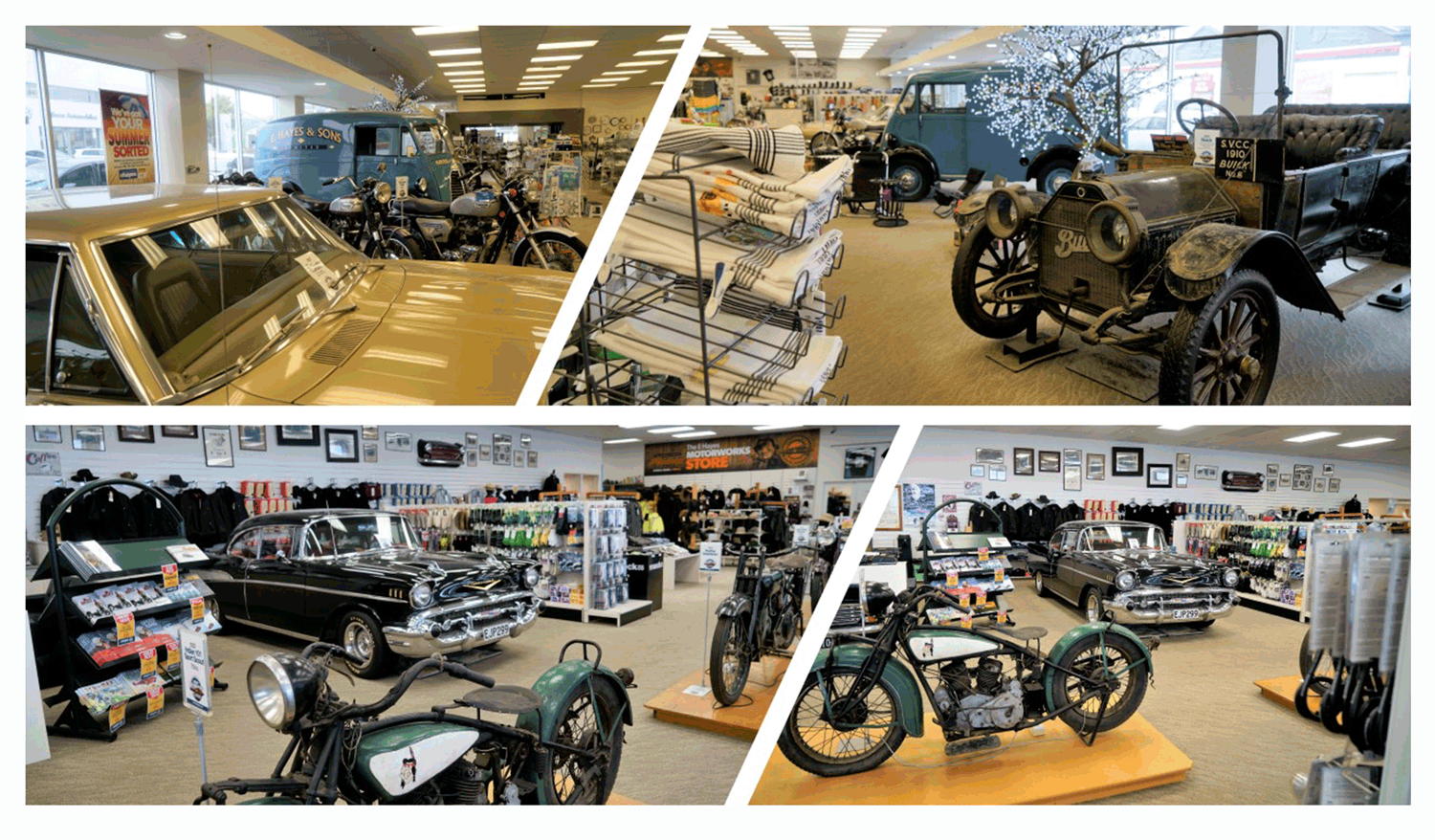New Zealand road trip
In this exemplar we take a road trip around New Zealand. We will take in some of New Zealand’s tourist attractions and visit a few businesses along the way. As you progress consider how New Zealand is positioned and who are the selected market segments.
One market segment are people 18-35 who are attracted to New Zealand for the outdoor activities, the following activity is worth considering.
Christchurch
You don’t know what you’ve got till it’s gone
Recently, on a trip to Christchurch NZ, I developed a greater appreciation for the role of traditional retailing as part of a vibrant and appealing city life. Christchurch is still recovering from the 2011 earthquake – the government, the city, and the people have made remarkable progress; however, such was scale of the devastation, that they still have a considerable way to go.
Being naturally curious, I spent the time away from the conference talking with business people about the impacts and how they had managed the effects and affects of the 2010 earthquake. One lady, a florist, lost her building and was currently working out of a makeshift shop; she was anxiously waiting for an insurance decision that would impact on her future – she explained it could have been much worse and was thankful that a few years earlier she had made the decision to create an online presence – what was once a small part of her business was now her major source of income. Unfortunately, other traditional shopkeepers facing the same destruction were now desperately playing catch-up and trying to establish an online shopping presence. Others, such as a well-known grocer explained that he was relatively fortunate and just restocked his shelves and got back to work – he shrugged his shoulders and stated that he was accepting of the situation and had no option but to manage the best he could – as self-employed business people do. As I travelled the city it was clear that many buildings were in the process of demolition and many others had scaffolding in place whilst waiting for repairs. At the time I mistakenly took it as an indication of the recovery process, however, in hindsight it was clear the city was wounded and vulnerable.

Perhaps, as Joni Mitchell once prophesized ‘Don’t it always seem to go that you don’t know what you’ve got till it’s gone’.

The 2011 earthquake destroyed the retail heart and the city lost its raison d’être – slowly and with a supreme effort the retail heart is coming together piece by piece. After my recent visit, I am more aware that retailing and shopping is the cultural glue that holds a city together and perhaps this needs to be respected and nurtured like any living cultural treasure.
To all those who purposefully oversell the benefits of online retailing – be careful for what you wish for.




Invercargill
Invercargill is located in the south of the south Island of New Zealand – this region is appropriately referred to as Southland.
It is a quite a drive from Dunedin and there are a few interesting places along the way – and although stopping adds to the length of the journey it provides some great places to explore. Our journey was mostly in drenching rain – which I particularly love – there is something about driving along country roads, listening to music, and windscreen wipers [there is a song there].
We arrived in Invercargill and stayed at the Balmoral Motor Lodge in a very clean, spacious room with, a kitchen and a little lounge room. The lady on reception was efficient and friendly and, after hearing we had been on the road for a week, advised us that there was a well-equipped on-site laundry and they had little packets of washing powder for $2 and because we had a full kitchen in our room she suggested that we might like to visit the supermarket just down the road [indicating the direction] but we would have get to the supermarket before it shut.

The next morning was wet and wild and we drove out to Bluff and the Bluff Lighthouse. On our return journey I spotted a brand-new Indian Motorcycle outside a delicatessen [Indian Motorcycles are a legendary brand, however, I thought that they were no longer manufactured]. I did a U-turn and spoke with the owner – Julian Boyd, a marine engineer and Indian Motorcycle enthusiast. Indian Motorcycle [is a brand not a country of origin]. Julian informed me that he was on a pilgrimage to visit E. Hayes Hardware Store in Invercargill. He could see I was intrigued and told me about how Hayes Hardware in Invercargill have Burt Munro’s motorcycle on display.
To read more on Indian Motorcyles
In motorcycle circles [sorry] Burt Munro (1899-1978) is a legend, particularly in New Zealand; setting 3 speed records – his 1967 record still stands. Burt, an Invercargill local, modified his own motorcycles and travelled to Bonneville Salt Flats in the USA on numerous occasions to compete – the story is recounted in a movie – ‘The world’s fastest Indian’ (2005), starring Anthony Hopkins. Adding to the legend was that Burt Munro was a working-class man with simple tastes who loved tinkering with his ‘Munro Special’. According to the Burt Munro Challenge website “Burt Munro was an extraordinary character that represents real and positive kiwi attributes such as ingenuity, dogged determination, and a laid back and humorous demeanour”. The movie increased interest in Burt Munro and to pay respect to the man and his achievements the Southlands Motor Cycle Club now conduct the Burt Munro Challenge. This event attracts motorbike riders from all over New Zealand and is regarded as one of the premier motorsport events in New Zealand.

The E. Hayes and Sons Hardware Store
quite a surprise
The E. Hayes and Sons Hardware Store was far better than I expected, imagine a large hardware store with vintage cars, motorcycles, and equipment from the past. This is certainly a great exemplar of the ‘theatre of business’. In addition, the product range within the hardware store has great breadth and depth and selected with care for quality and value. There is also a good range of homeware products. The staff were friendly and professional and, recognising that I was not a local, I was informed on two occasions that I could shop online. Did we go to E. Hayes Hardware Store with the intention to buy? – No; but we did – as there were a few little things that captured our attention. You see – they have a good range of quality brands that Western Australian department stores no longer stock.
Strangely, as I watched the farmers waiting to be served I thought of Disneyland and how, just like Disneyland, this hardware has employed the vintage displays to make the wait more pleasant and seem shorter. And on this day with the rain bucketing down the shop was a welcome relief.
Now I love country hardware stores and can browse for ages PLUS I admire the kind of service where the serviceperson actually listens -In my mind Hayes in Invercargill have taken hardware to a new level – they would probably say that it is ‘just good old fashion customer service’.
The lesson for marketing practitioners is to consider the theatre when designing or redesigning the store layout – try to create a unique value proposition for consumers and if you are in a country town perhaps try providing an experience that is worth sharing.
As you would expect E Hayes are one of the sponsors for the Burt Munro Challenge and Julian Boyd attended the event.

Bill Richardson’s shed
New Zealanders, like most people, are very proud and they love to talk up their country, except, it appears, when it comes to Invercargill.
I have lost count of the number of New Zealanders that have said ‘you can give Invercargill a miss’ ‘there is nothing to see’ ‘it rains all the time’. Well I have to say that [apart from the rain comment] I completely disagree; there are a number of reasons to visit Invercargill – a very good reason is to visit one of the finest transport related museums in the world – not just New Zealand – the world.
Please take a tour of Bill Richardson’s Transport World or as the sign in the museum’s foyer describes ‘Bill’s shed’.
This museum outlines the evolution of transport and petrol bowsers. This exemplar provides an excellent example of the 4 recurring patterns or 4 market quests.
H. W. [Bill] Richardson was born in October 1940, to a family already with a reputation for being hard working and with a good head for business. He grew up in tough times, the Southlands of New Zealand is a harsh environment, however, he stated that he was fortunate as a child to be surrounded by hard working stoic men who, sensing his love for trucks and machinery, encouraged and nurtured his passion.
Today, we are fortunate that this passion was nurtured and motivated Bill to collect a large and magnificent collection of trucks, cars, bowsers, farm machinery, and memorabilia.
His vision and success as a business person provided the opportunity for this passion; therefore it worth exploring the following statement on his business philosophy. Marketing students will note how it succinctly incorporates the sentiments of The Service Profit Chain (Heskett, Sasser, & Schlesinger, 1994)
“I’d rather be known as a good employer, good to our staff. I want HW Richardson Group LTD, and its associated companies known as good companies to work for, businesses that always strive to do well, give good services and are fair to everyone the deal with. If our people remember these things, there’s no reason why the company can’t carry on for many, many years.”
The Richardson Family Story: Firm Foundations, (p.48).

As I read about Bill Richardson, I was reminded of a book by Stephen Covey that I read many years ago the following is a quote –
“There are certain things that are fundamental to human fulfillment. The essence of these needs is captured in the phrase; to live, to love, to learn, to leave a legacy. The need to live is our physical need for such things as food, clothing, shelter, economical well-being, health. The need to love is our social need to relate to other people, to belong, to love and be loved. The need to learn is our mental need to develop and grow. And the need to leave a legacy is our spiritual need to have a sense of meaning, purpose, personal congruence, and contribution.” (Covey, 1995, p.44)
Covey, S. (1995). First things first. New York: Fireside



[Please click image to access activity]
In this activity we take you on a bus tour designed for backpackers. This activity is employed to highlight the buyer decision process, the total product, and the circle of satisfaction within an identifiable target market and market segment. Along the way we discuss the role of service providers in contributing to the customer experience and customer satisfaction.

